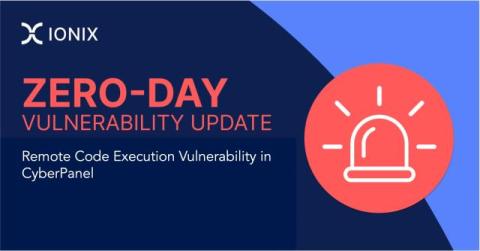IONIX Launches Cloud Exposure Validator: Bringing CTEM to Cloud Security
IONIX today announced the release of our Cloud Exposure Validator, a tool designed to reduce cloud vulnerability management noise shifting focus to findings that represent the biggest threats. The Validator addresses the growing challenges organizations face in managing cloud security risks effectively. This blog post explains how.











